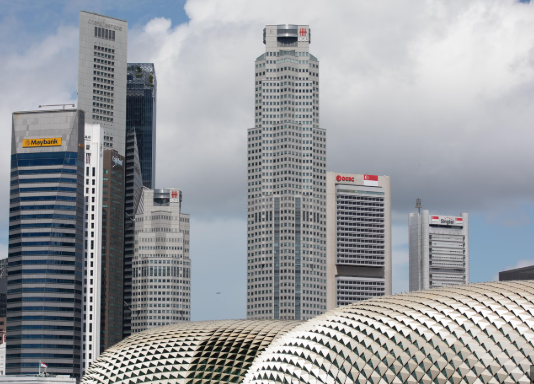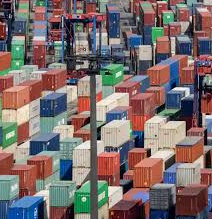Economists Predict Stronger Performance in Finance and Other Sectors
Economists have maintained their forecast for Singapore’s GDP growth in 2024 at 2.4%, according to the latest quarterly survey by the Monetary Authority of Singapore (MAS). However, expectations for the manufacturing sector have been downgraded, with growth now expected to be only 1.6%—a significant reduction from the previous forecast of 4%.
The shift is attributed to weaker industrial production in the early months of the year. Despite this, growth is expected to be driven by other sectors, notably finance, which is anticipated to benefit from increased credit demand as global interest rates ease. Other sectors such as wholesale and retail trade, and accommodation and food services are also expected to perform better than previously forecasted.
Inflation projections have been adjusted as well, with the median forecast for headline inflation falling to 2.8%, down from the earlier estimate of 3.1%. Core inflation forecasts, however, remain steady at 3%. These projections are in line with the Singapore government’s own estimates, which expect GDP growth to be between 1% and 3%, with headline and core inflation between 2.5% and 3.5%.
Looking ahead, economists predict Singapore’s economy will see a 2.7% year-on-year GDP growth in Q2 2024, with headline inflation forecasted at 2.8%. The outlook for the manufacturing sector remains uncertain, but some experts, like UOB’s Alvin Liew, anticipate a recovery in the second half of the year, supported by global trends in technology and AI.
Despite this relatively subdued outlook, economists do not foresee any immediate changes to Singapore’s monetary policy in the upcoming MAS policy meeting in July. Most expect the Singapore dollar nominal effective exchange rate (S$NEER) policy band to remain unchanged, following a period of tightening in previous years.
The biggest risks to the forecast include geopolitical tensions and inflationary pressures, with many economists pointing to a potential external slowdown, particularly from China. On the upside, robust growth in China and a faster recovery in the tech sector are seen as possible positive developments.








